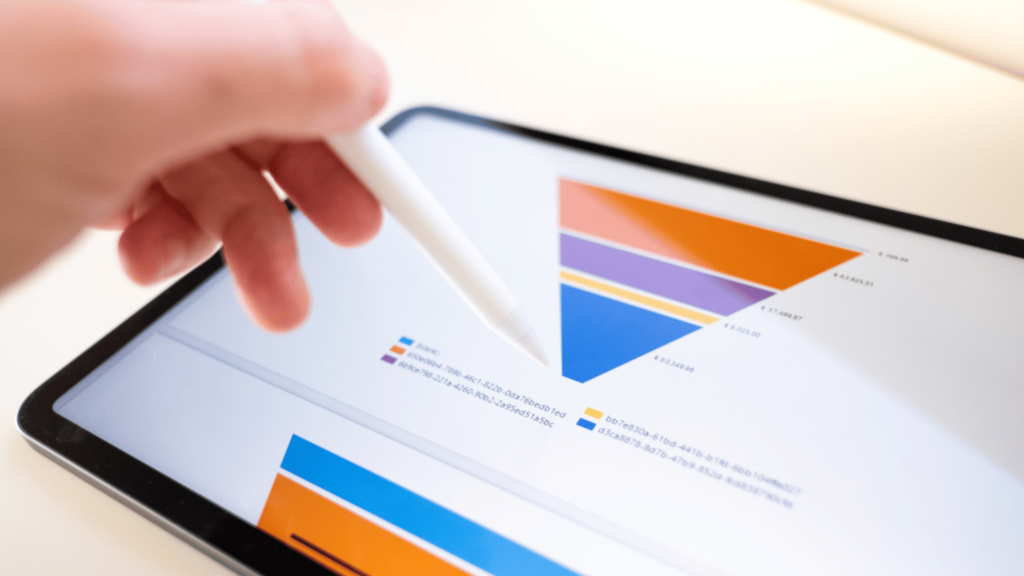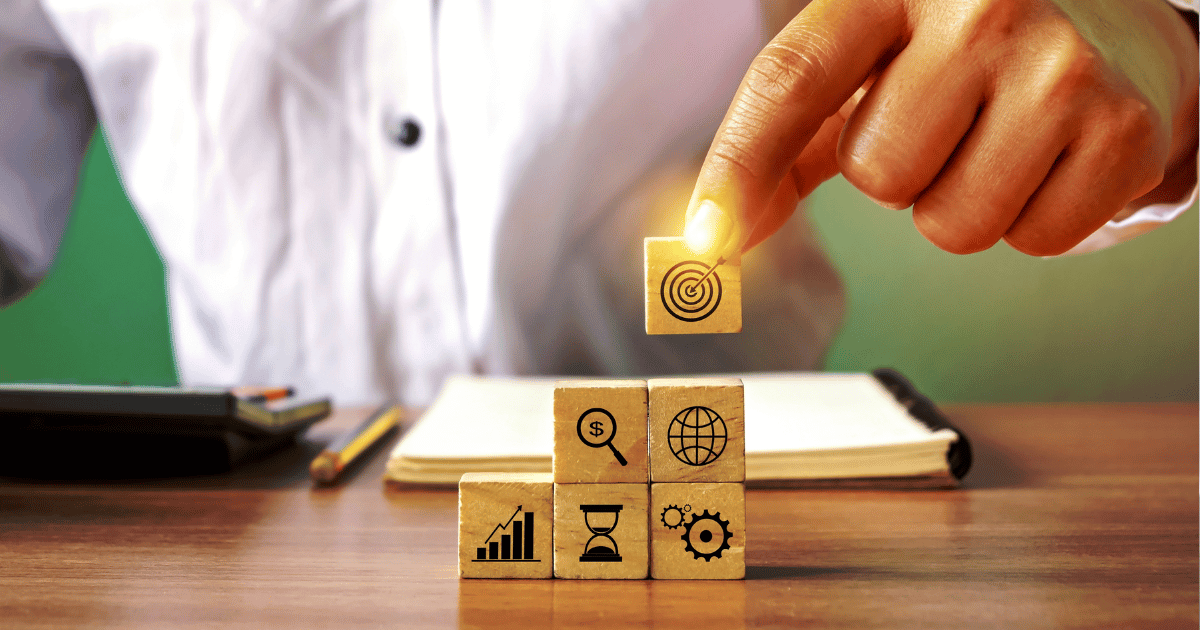The terms “sales funnel” and “marketing funnel” are often used interchangeably, but they have slightly different focuses within the overall customer journey.
Here’s a breakdown of the differences between the two:
What is The Marketing Funnel
The marketing funnel represents the entire process that potential customers go through from the initial awareness of a product or service to becoming a customer.
It encompasses the broader marketing strategies and activities aimed at attracting, nurturing, and converting leads into customers.
The marketing funnel typically consists of the following stages:
The Awareness Stage
This stage focuses on generating awareness among the target audience through various marketing channels, such as advertising, content marketing, social media, and SEO.
The goal is to attract the attention of potential customers and make them aware of the brand, product, or service.
The Interest Stage
Once people are aware of the offering, the goal is to pique their interest and engage them further.
This can be done through educational content, email marketing, webinars, events, or other strategies that provide value and establish credibility.
The Consideration Stage
At this stage, potential customers are actively evaluating their options and considering making a purchase.
The focus is on providing more detailed information, addressing their concerns, and positioning the offering as the best solution to meet their needs.
The Decision Stage
In the decision stage, prospects are ready to make a purchase.
It involves presenting compelling offers, incentives, testimonials, and removing any remaining barriers or objections to encourage them to convert into customers.
What is a Sales Funnel
The sales funnel is a subset of the marketing funnel and specifically focuses on the process of converting leads into paying customers.
It represents the steps a customer goes through after they have expressed interest or intent to purchase.
The sales funnel typically consists of the following stages:
The Lead Generation Stage
Similar to the awareness and interest stages in the marketing funnel, the sales funnel starts with lead generation.
It involves capturing leads through strategies such as lead magnets, opt-in forms, landing pages, or contact forms.
The Lead Qualification Stage
Once leads are generated, they need to be qualified to determine their readiness to make a purchase.
This may involve assessing their level of interest, budget, authority, and timing.
The goal is to focus efforts on leads most likely to convert into customers.
The Sales Conversion Stage
In this stage, the qualified leads are engaged by sales representatives who use various tactics such as personalised communication, product demonstrations, negotiations, and closing techniques to convert them into customers.
The Purchase Stage
The final stage of the sales funnel is the purchase itself, where the prospect becomes a paying customer.
In summary, the marketing funnel encompasses the broader customer journey, from initial awareness to becoming a customer, while the sales funnel specifically focuses on the steps involved in converting leads into customers.
The marketing funnel sets the foundation for attracting and nurturing leads, while the sales funnel handles the conversion process and closing the sale.



